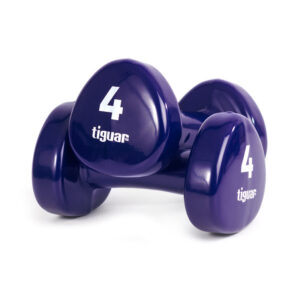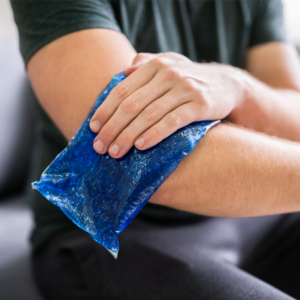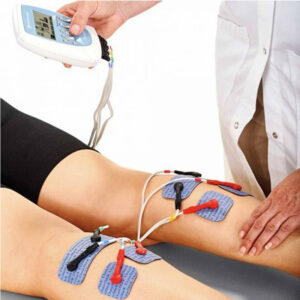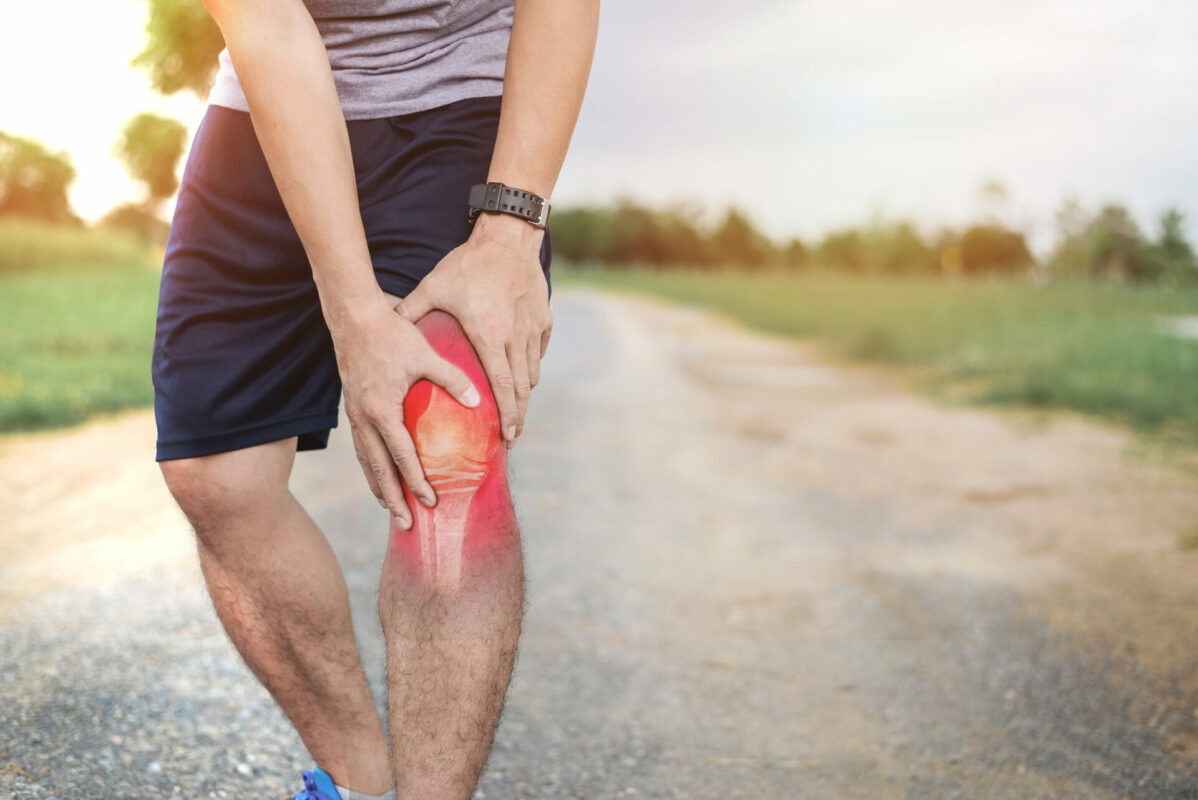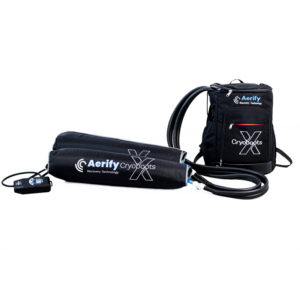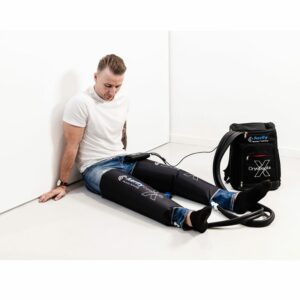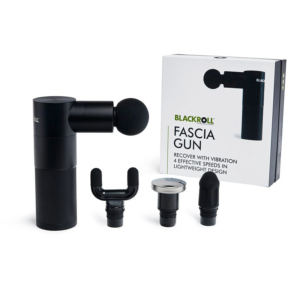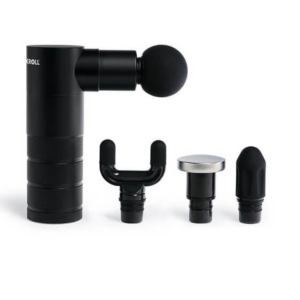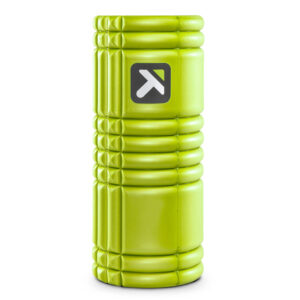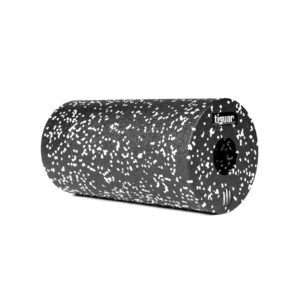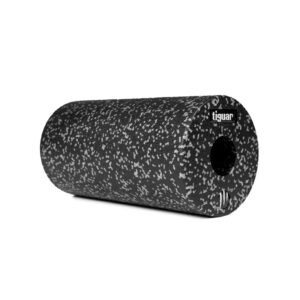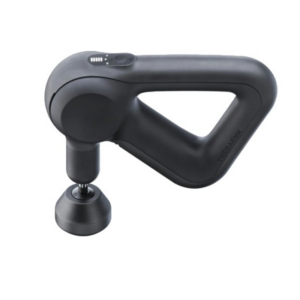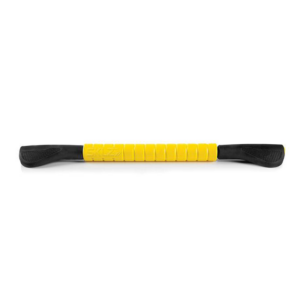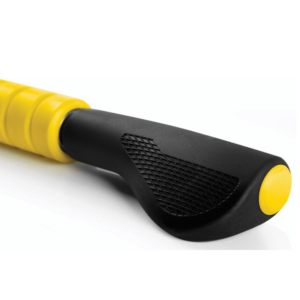Uncategorized
Sports, recovery and overload injuries
Physical activity and sports are important for the health of every person. However, physical activity and sports also have a serious side effect – injuries. Most often, acute injuries are heard about – for example, a bruise or abrasion of the leg in a football match, a muscle sprain after a longer run, etc. Acute injuries can be acquired through physical contact or non-contact.
However, I would also like to draw attention to overload injuries. This is especially important in the warm summer time, when people can relax actively in the fresh air, when a large number of outdoor sports, camps, etc. resume. Overload injuries arise from prolonged, excessive load, as a result of which the human body is not able to recover properly. It is important to pay attention to the rhythm of training and prepare for any changes in it. In order not to overload, it is important to pay attention to such things related to training, such as the frequency of athletic activities (how regularly training is conducted), intensity, type of athletic activities (strength training, endurance training, cardio training, balance training, flexibility training, specifics of different sports), and time (how long the workout is held). Overload can occur with a sharp change in only one of these things. Therefore, it is important to pay attention to changes in the physical activity plan and properly prepare for them, consult with physical activity specialists, trainers, physiotherapists, doctors, etc.
In order to avoid overload injuries, an important nuance is “load management”, which refers to the measurement of the amount of physical loads. In professional-level sports, various smart devices, such as GPS systems, are used to measure the amount of physical loads. However, every person can easily keep up with it.
What are overload injuries?
Excessive physical exertion can lead to overload and injury of the musculoskeletal system, affecting the health of bones, muscles, joints, ligaments and tendons. For example, as a result of overload, articular cartilage can be damaged, which can begin with a microscopic inflammatory process and softening of cartilage and, over a long period of time, chronically progress to degenerative changes (osteoarthritis). As with bone and cartilage structures, overload injuries also affect muscles and tendons, which can lead to serious health problems, chronic pain, as well as contribute to muscle imbalances and various compensatory processes. In a normal environment, the musculoskeletal system maintains a balance between the damage caused by overload and the body’s ability to recover. During physical activity, we stimulate positive adaptations, such as an improvement in bone density, muscle strength, endurance. However, positive adaptations depend on the interaction of the load of physical activity and the body’s ability to regenerate. The greater the load, the greater the burden on the body’s regenerative abilities.
Bone stress fracture – one of the overload injuries
A fairly frequent overload injury is a bone stress fracture that occurs as a result of excessive physical activity. As a result of stress fractures, the human skeleton suffers. Due to physical overload, the skeletal system is weakened (osteoclassical activity) and needs time to regenerate (to restore new bone cells – osteoblastic activity). As a result of a correctly planned workout (loads – recovery balance), bone density and strength are increased. However, as a result of overload, bone density gradually decreases. As a result of chronic overload, microscopic weak points called microfractions can form in the body. Microfractions cause bone edema, which is also visible in magnetic resonance immolations. Over a long period of time, this can lead to a stress fracture. Such stress fractures can form almost the entire skeletal system, but most of all it depends on the specific sport and overload activity. For example, in throwing sports (spear throwing, discus throwing, hammer throwing) or rocket sports (tennis, squash), stress fractures were usually formed in the bones of the hands. In athletics, running or football, the bones of the legs/feet are usually affected. In acrobatics or ballet, stress fractures tend to form even in the spine. It is important to pay attention to warning signals (pain, formation of edema, decreased athletic performance), as stress fractures that are not cured in time can lead to serious health adversity. When acting in a timely manner, only rest and modification of activities are required, for example, load reduction or active recovery (low-intensity activities, stretching exercises, mobility exercises, etc.). If these principles are not followed, stress fractures can progress – the bone weakens until a bone fracture occurs. In this case, immobilization, surgery and long-term rehabilitation may be required. Therefore, the recommendation at suspected overload injuries is to seek help from a specialist.
Warming up after physical activity
Just as it is recommended to do a warm-up before physical activity, as well as after – it is recommended to do exercises for warming up. As a rule, these are various exercises under low load, in a time interval of 5-15 minutes. Warming up usually also includes performing light stretching exercises.
Active recovery
Any high-class athlete will tell you that it is impossible to train for a long time at the highest load without overload. That’s why it’s important to remember about it for everyone else who wants to play sports. For major physical activity enthusiasts, active recovery should also be included in the training plan, which basically allows you to continue your athletic activities by changing one of the main nuances. As a rule, active recovery is the reduction of load. It can also be a change in terms of physical health components. For example, by reducing the training load on the strength, endurance, speed components, but at the same time with more emphasis on the flexibility, balance or coordination components, one can successfully pass active recovery without losing training time and also not cause overloading of the body. Therefore, the recommendation is not to be afraid to make changes to your workout routine and pay attention to other components of physical health. There are many different ways to play sports, not just running and weight room. We also pay attention to the less popular exercises – for example, stretching, coordination, balance, skill exercises.
Changes in athletic activities should be slow, thoughtful. The load is allowed to be increased gradually, allowing the body to prepare for all these steps. Therefore, the process of regeneration is of great importance. There are many different methods on how to promote rejuvenation – massage, contrast showers, ice baths, stretching exercises, lymphatic drainage, cryotherapy, fascia self-massage techniques , etc. However, all these factors will be ineffective if the schedule of physical activity is laxly drawn up and conducive to overload. The main thing is to choose individually the correct, suitable level of load for sports activities, as well as to set aside time for the recovery of the body.

